Urban and Real Estate Economics International Workshop was held at the Institute for Economic Research (IESR) from June 7th to 10th, 2017.
Nearly 20 participants had gathered at the workshop including editors-in-chief of such leading journals in urban and regional economics as Journal of Urban Economics, Real Estate Economics, Regional Science and Urban Economics, Journal of Regional Science, as well as many distinguished scholars from a range of universities at home and abroad.
In the 4-day workshop participants had a chance to share and discuss their recent research developments, listen to the lectures on the related topics and later join in a heated policy forum.
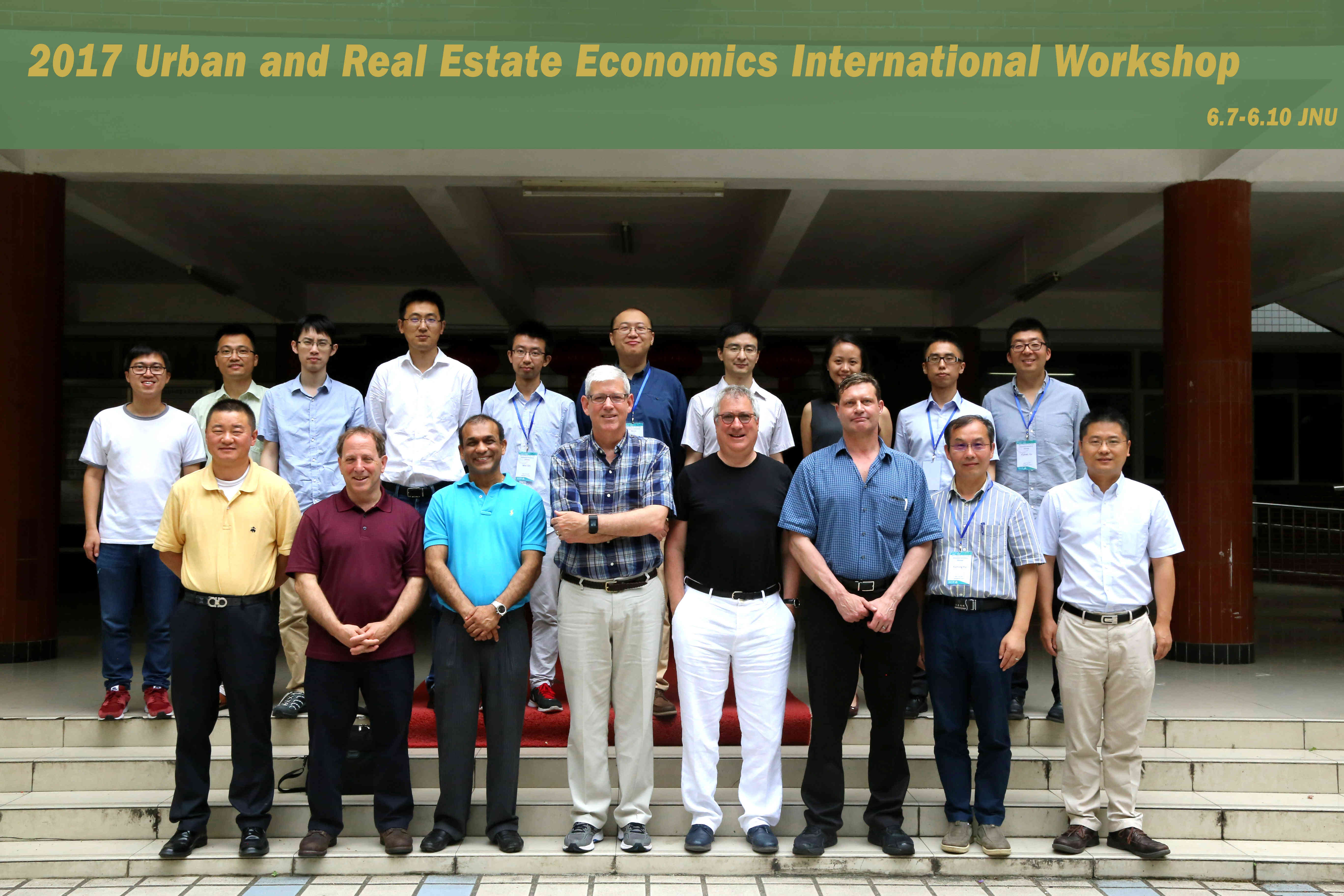
Take Photo for all the participants
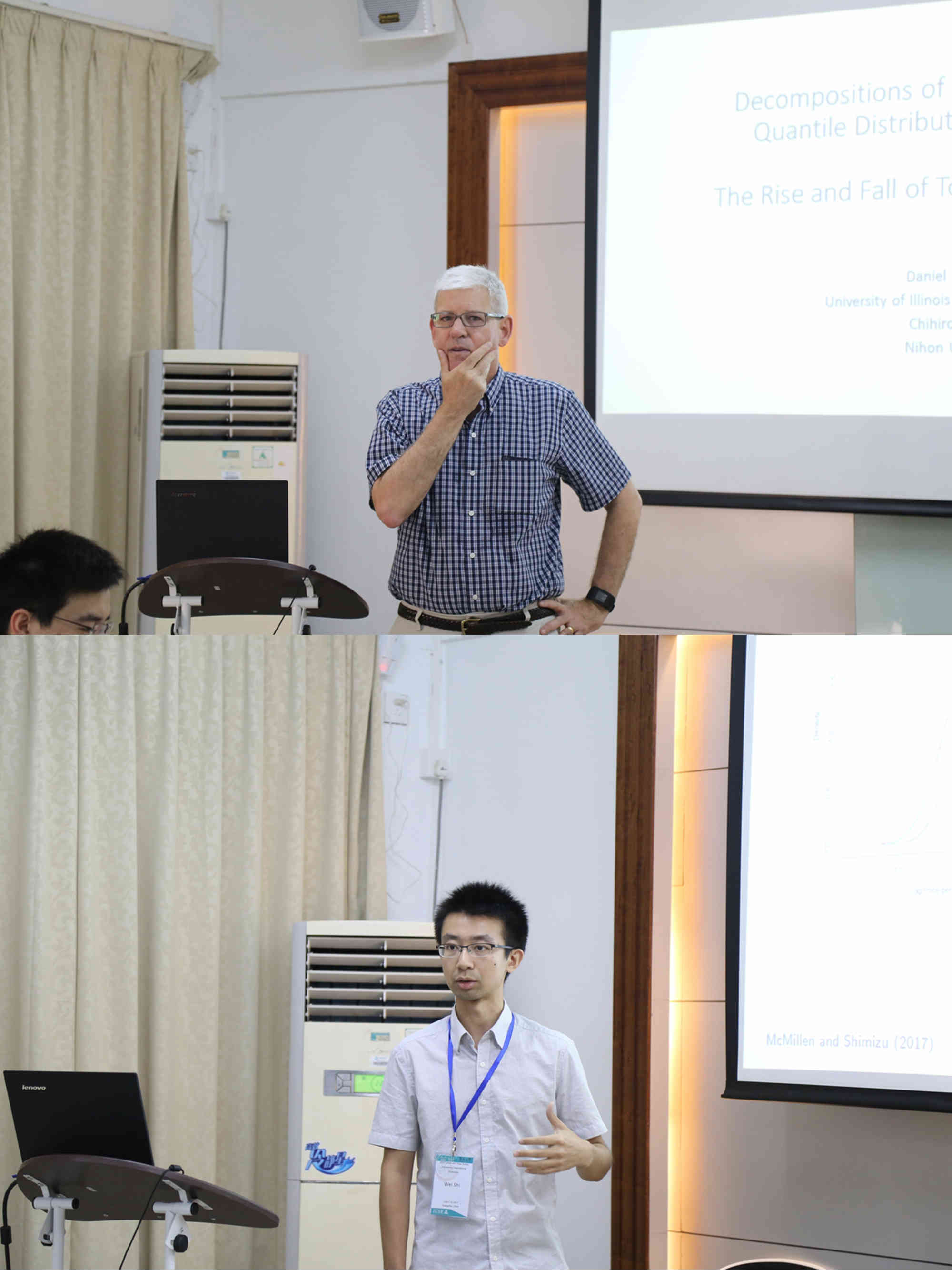
Daniel McMillen(University of Illinois at Urbana-Champaign)
Decompositions of Spatially Varying Quantile Distribution Estimates: The Rise and Fall of Tokyo House Prices
Discussant: Wei Shi (IESR)

Yizhen Gu (IESR)
Preliminary Descriptions of the Chinese Higher Education Market
Discussant: Mark Partridge (Ohio State University)

Jie Zhou (Bank of Canada)
Household Portfolio Choice Before and After House Purchase
Discussant: Yunqi Zhang (Nankai University)
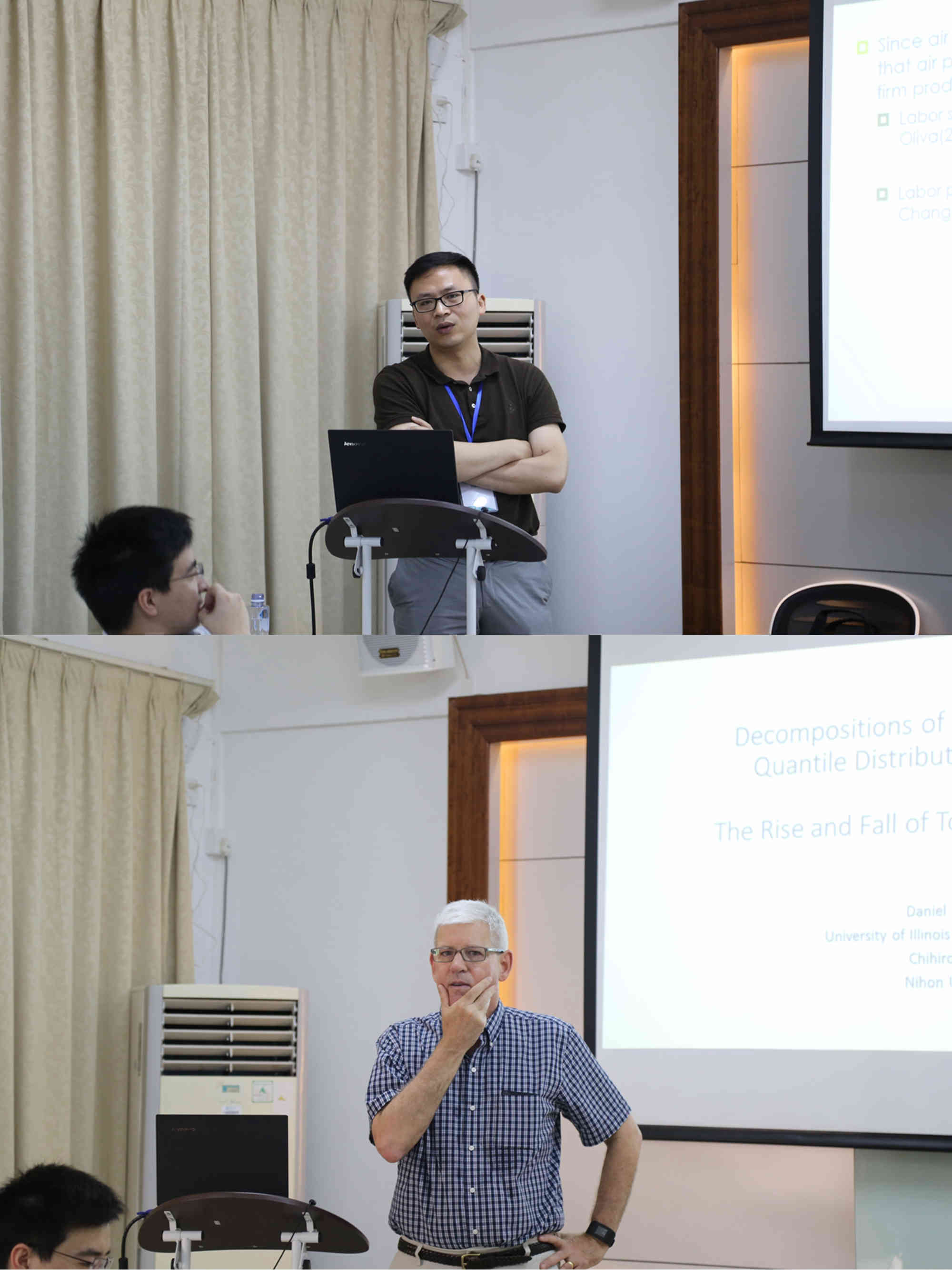
Han Li (Southwestern University of Finance and Economics)
The Impact of Air Pollution on Firm Inventory
Discussant: Daniel McMillen(University of Illinois at Urbana-Champaign)
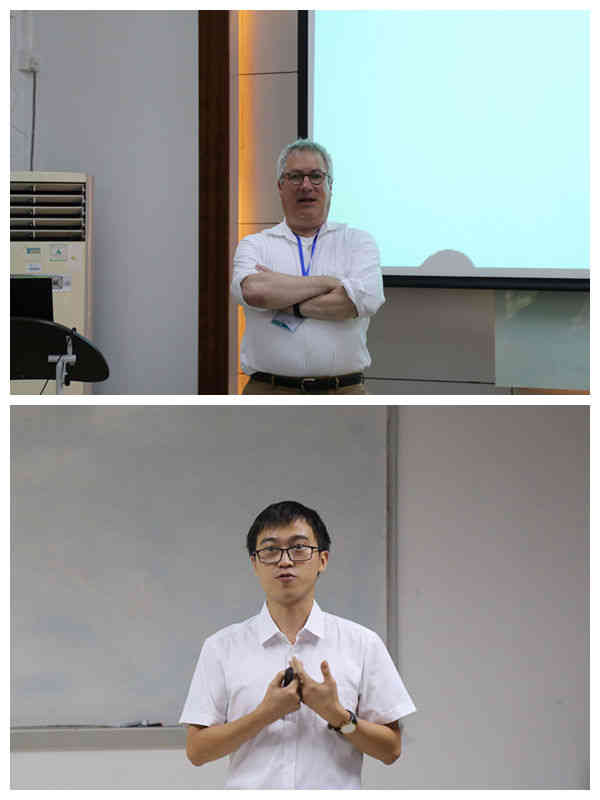
Richard Green (University of Southern California)
Wage Spillovers, Housing Cost Spillovers, and Child Outcomes
Discussant: Hongjia Zhu (Jinan University)
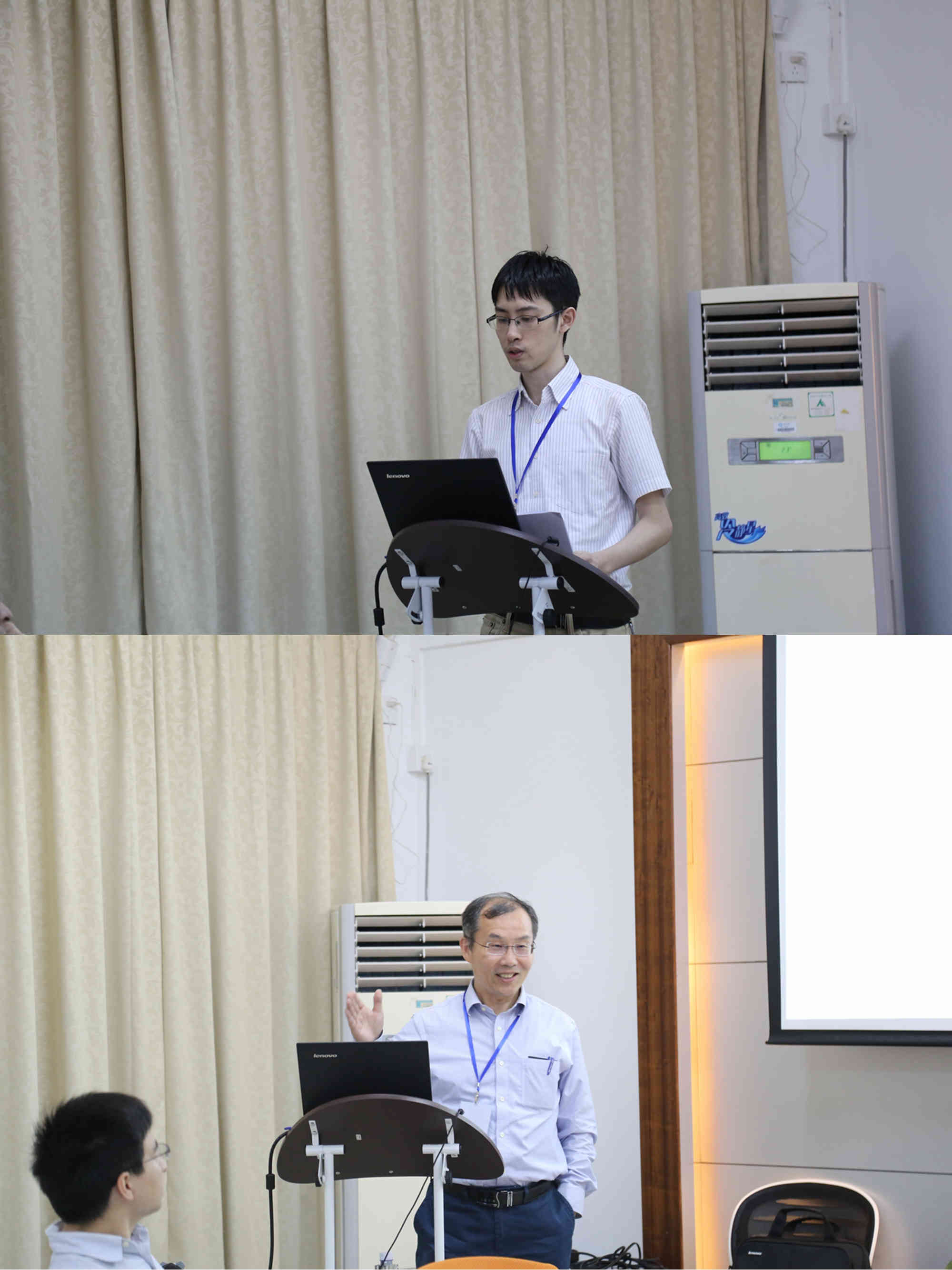
Weizeng Sun (IESR)
Does Home Purchase Restriction Affect Elite Graduates’ Job Search?
Discussant: Yuming Fu (National University of Singapore)
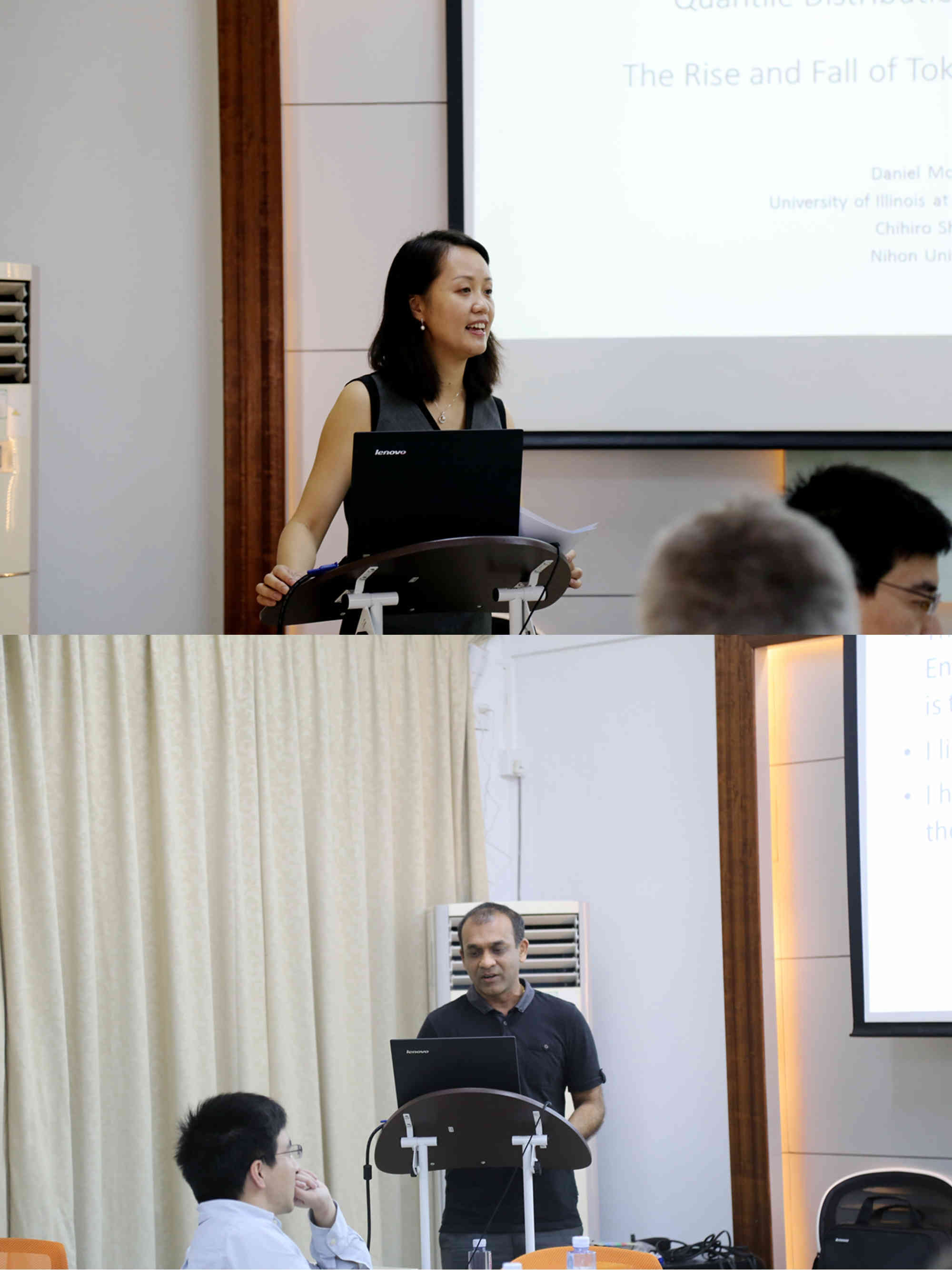
Sisi Zhang (IESR)
Understanding Housing Demand in Urban China
Discussant: Sumit Agarwal (Georgetown University)
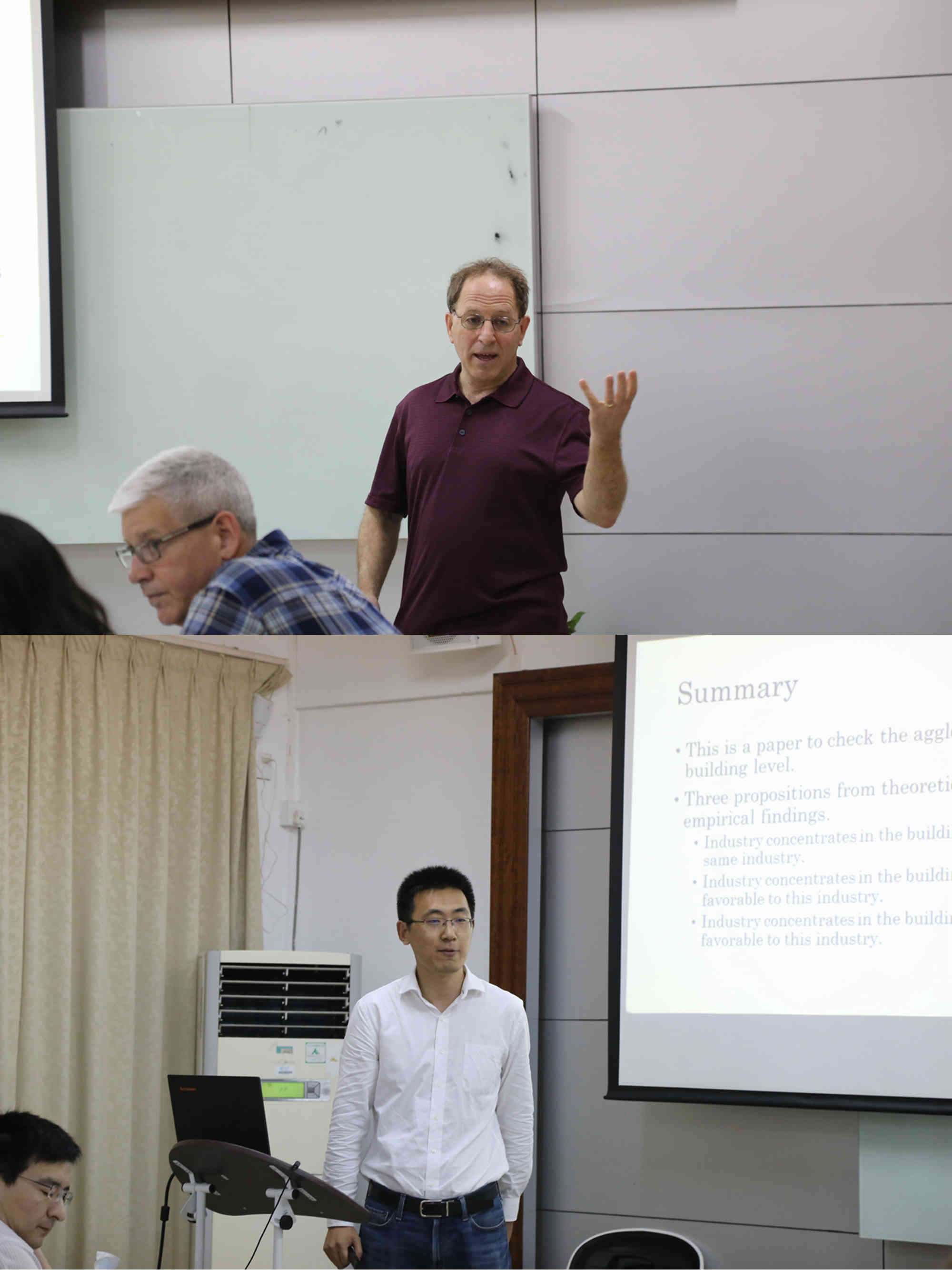
Stuart Rosenthal (Syracuse University)
Building Specialization, Anchor Tenants and Agglomeration Economies
Discussant: Daxuan Zhao (Renmin University)
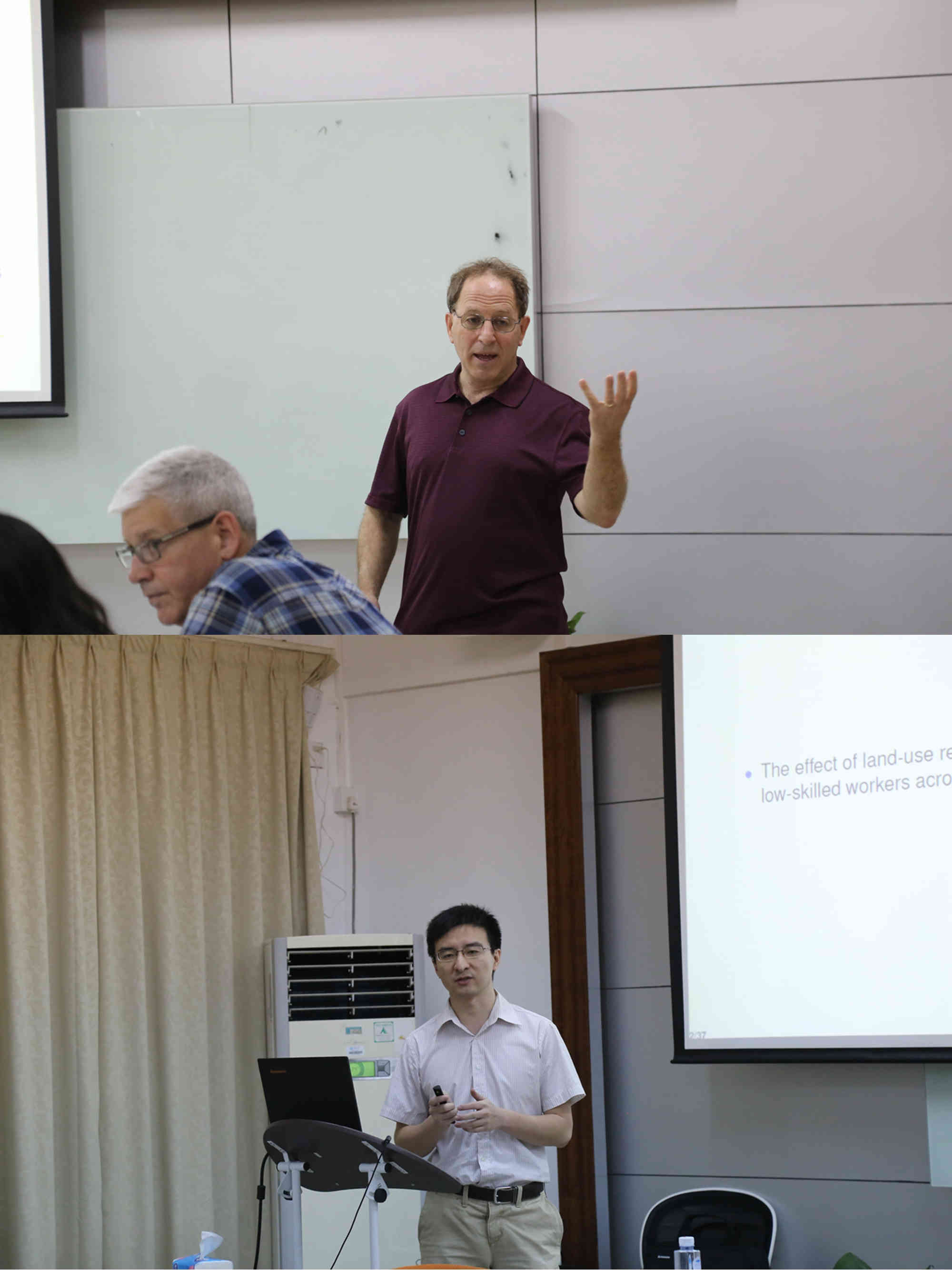
Shimeng Liu (IESR)
Housing Wealth and Entrepreneurship: Evidence from China
Discussant: Stuart Rosenthal (Syracuse University)
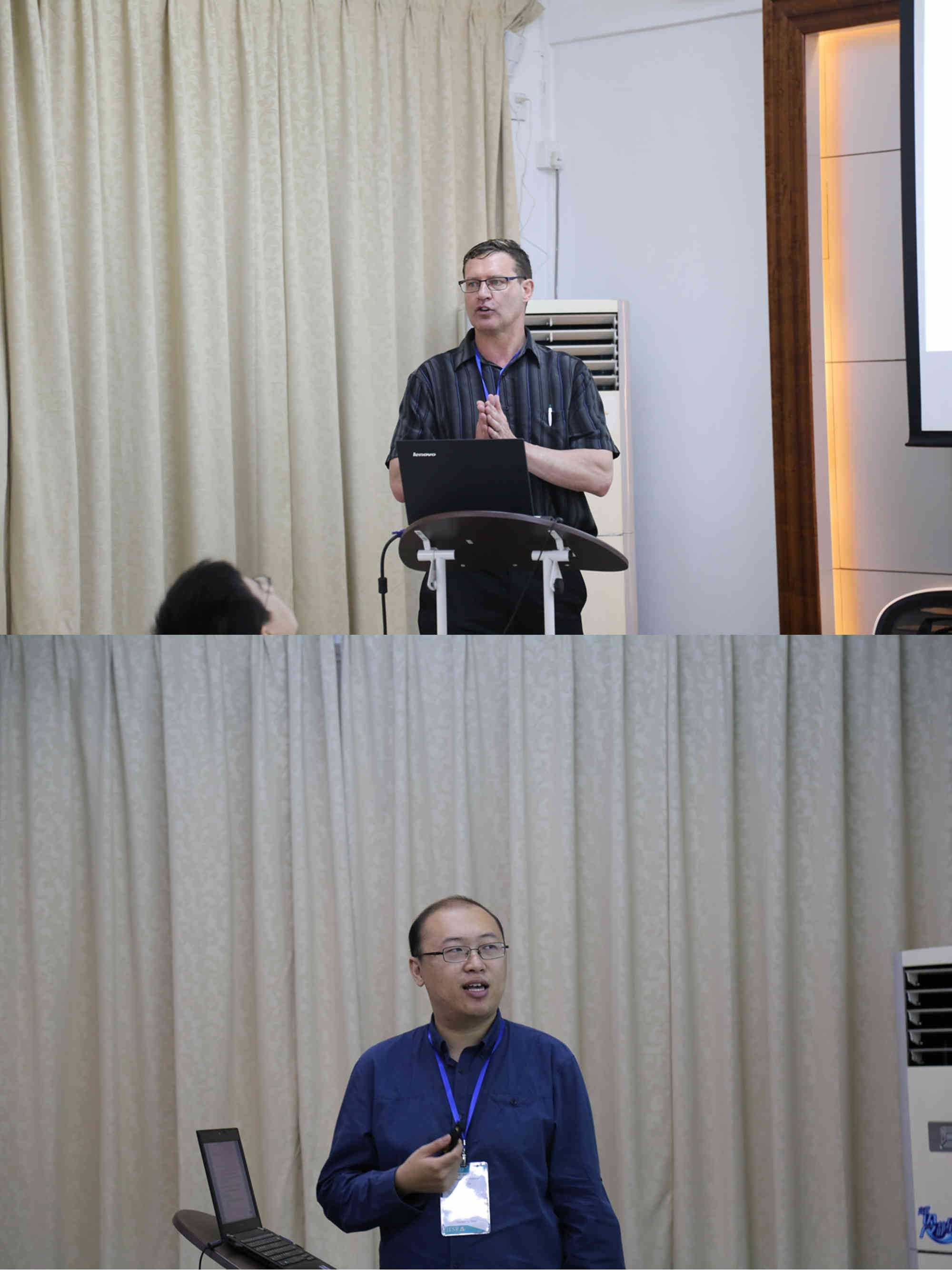
Mark Partridge (Ohio State University)
Agglomeration and Firm Wage Inequality: Evidence from China
Discussant: Shiyu Bo (Jinan University)
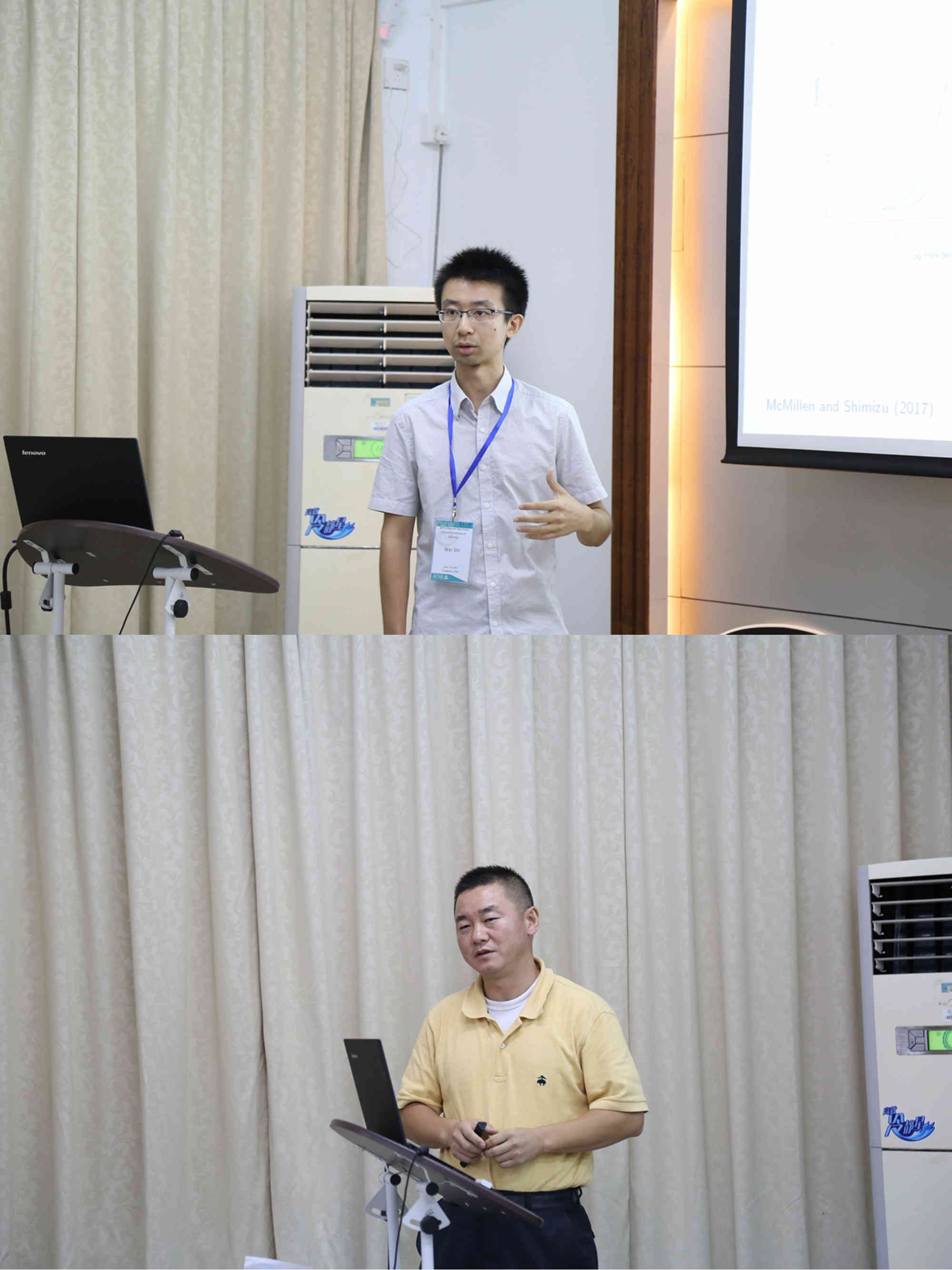
Wei Shi (IESR)
A Dynamic Discrete Choice Model of Reverse Mortgage Borrower Behavior
Discussant: Vincent Yao (Georgia State University)

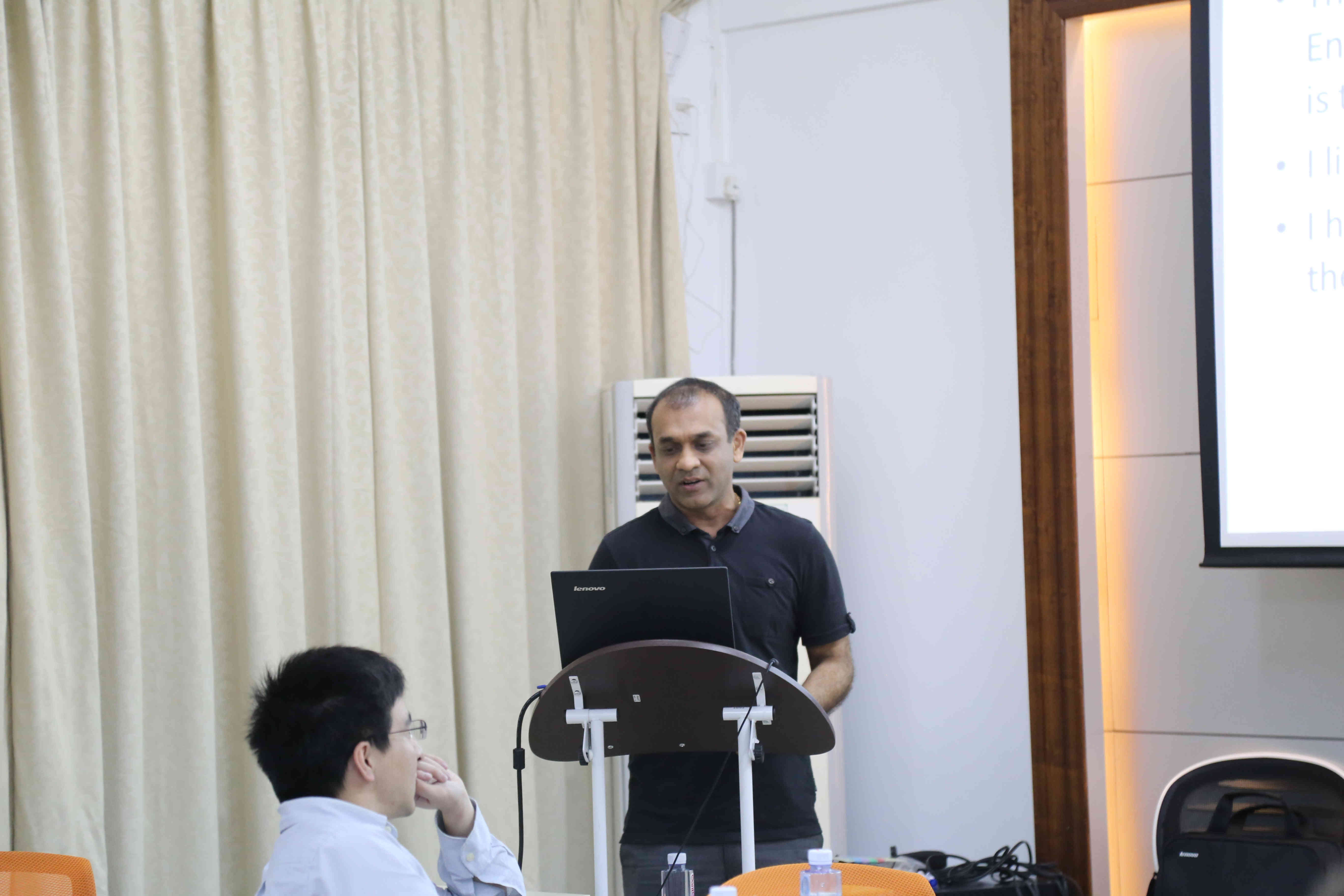
In addition to the workshop presentations, there were also two public lectures: “Housing and Household” by Vincent Yao (Georgia State University), and “Housing and Superstitions” by Sumit Agarwal (Georgetown University).
On the sidelines of numerous presentations, lectures, and intensive discussions among the workshop participants, Stuart Rosenthal, Professor of Economics at Syracuse University, had a chance to immerse into friendly exchanges with IESR Dean Prof. Shuaizhang Feng and talk more about our institute. According to Professor Rosenthal, IESR researchers working in urban economics demonstrates tremendous research potential which is reflected by the number of high-quality papers already published in various top journals. Professor also assured that he sees great prospects for IESR future development.

Shuaizhang Feng And Stuart Rosenthal
Now, let’s take a look back at a few insightful presentations from 2017 Urban and Real Estate Economics International Workshop.
Jie Zhou (Bank of Canada): Household Portfolio Choice Before and After House Purchase
After the study of temporal patterns of household portfolio choice of liquid wealth over a 7-year period around house purchase, using unique administrative panel data from Denmark, Jie Zhou found that households accumulate significantly more liquid wealth in a few years before a house purchase and convert around 61% of them to down payments when buying a house. It also appears that the risky asset participation rate drops 2 percentage points – a 6.2% decline – at the year of house purchase. Finally, conditional on participation, the risky asset share of liquid wealth decreases and reaches the lowest point 1 year before a house purchase, but it jumps immediately afterwards. As professor pointed out, it suggests that of the three channels identified in the literature that could affect the conditional risky asset share of liquid wealth after a house purchase, the diversification benefits and the debt retirement channel dominate the concern of liquidity demand. Liquidity demand, however, does have a larger effect on the portfolio choice of poorer households after a house purchase.
Sumit Agarwal (Georgetown University): Housing and Superstitions
In his lecture, Sumit Agarwal discussed various types of superstitions widespread among Chinese and the impact it has on people’ economic behavior. Professor thoroughly elaborated on several studies he has done that explore various superstition patterns.
The first study professor Agarwal presented uses multiple sources of individual-level administrative data from the multicultural city-state of Singapore to study the life outcomes of large birth cohorts created by the Chinese superstitious practice of zodiac birth timing, where parents prefer to give birth in the year of the Dragon. This practice is followed exclusively by the Chinese majority—between 1960 and 2007 the average number of births jumps by 9.3% in Dragon years among the Chinese majority, with no similar patterns detected among non-Chinese minorities. Chinese Dragon babies earn significantly lower income than other Chinese cohorts after entering the labor market (by 6.0%), relative to the income difference between Dragons and non-Dragons within the non-Chinese subpopulation. The adverse labor market outcome is unlikely to be the result of self-selection; rather it reflects the aggregate resource implications of substantially larger cohort sizes. Study finds a significant negative income effect for the non-Chinese born in Dragon years as well as other birth cohorts who happen to enter college (and labor market) at the same time as Chinese Dragons. The negative income effect partly arises from the rather inelastic labor demand. Despite the government’s efforts to increase public educational resources, Dragon babies have lower admission chances to local national universities, suggesting limited capacity of such measures to accommodate the surge in demand for resources associated with larger birth cohorts. Finally, the study also reveals the evidence that the superstition-induced birth timing implicates consumption and saving choices.
Another study Sumit Agarwal shared investigates whether Chinese superstition that the number 4 is unlucky and number 8 is lucky affects the Singapore housing market. Agarwal finds that Singaporean Chinese are less likely to buy units and on floors with numbers ending in 4. The prices of residential units with numbers ending in 4 exhibit a discount of 1.1% while those with numbers ending in 8 exhibit a premium of 0.9%. Residents of lucky-numbered homes are no less likely to experience car accidents as residents of unlucky-numbered homes, which suggests that equilibrium choices and prices are in fact based on irrational beliefs.
The last study S. Agarwal presented in the lecture discussed the Chinese homebuying tendencies during the Hungry Ghost Month. The study explores the behavior of superstitious and non-superstitious investors surrounding the superstition that buying or selling during the Hungry Ghost month (typically August) will be inauspicious. Study demonstrates that superstitious Chinese homebuyers pay 1.41% lower on average per square meter price for houses bought in the Hungry Ghost month than houses bought outside the Hungry Ghost month. It also finds that older Chinese, aged above 40 years who are more likely to be superstitious, pay a lower price relative to younger Chinese. On the other hand, the younger Chinese investors, who are more likely to be non-superstitious, speculate on the Hungry Ghost effects and buy cheaper. However, their investment strategies of timing buy-and-sale activities around the Hungry Ghost month do not yield significant abnormal returns.
Daniel McMillen(University of Illinois at Urbana-Champaign): Decompositions of Spatially Varying Quantile Distribution Estimates: The Rise and Fall of Tokyo House Prices
The study extends Machado-Mata’s (2005) approach for decomposing the differences in the distribution of a dependent variable across two samples to account for location when the models are estimated using conditional parametric procedures. The study finds that a substantial portion of the change in the distribution of condominium prices in Tokyo between the rapid rise in prices in 1986–1990 and the sharp decline in 1991–1995 is due to changes in the values of the explanatory variables. Changes in the locations of sales serve to shift the price distribution to the left because later sales were more likely to be farther from downtown Tokyo, where prices are lower.
Stuart Rosenthal (Syracuse University): Building Specialization, Anchor Tenants and Agglomeration Economies
Considering the well-known fact that spatial clustering of industries occurs at regional, metropolitan, and neighborhood levels, the study establishes that there exists specialization at the level of individual buildings. Specialization is robust to building and location characteristics, significantly exceeds patterns under random assignment of establishments, and occurs in part because of within-building agglomeration externalities. The presence of an anchor tenant (an externality generator) skews the building’s composition towards the anchor’s industry, while the presence of an anchor in an adjacent building does not. An analogous result holds for establishment sales, confirming the importance of buildings as spatial units.
Wei Shi (IESR):A Dynamic Discrete Choice Model of Reverse Mortgage Borrower Behavior
The study carries out an empirical analysis of the Home Equity Conversion Mortgage (HECM) program using a unique and detailed dataset on the behavior of HECM borrowers from 2007–2014 to semiparametrically estimate a structural, dynamic discrete choice model of borrower behavior. The estimator is based on a new identification result for models with multiple terminating actions where it is showed that the utility function and discount factor are identified without the need to impose ad hoc identifying restrictions (i.e., assuming that the payoff for one choice is zero). Such restrictions can lead to incorrect counterfactual choice probabilities and welfare calculations, therefore, the estimates of this study are not based on such an assumption and instead provides insights about the factors that influence HECM refinance, default, and termination decisions. The results are used to quantify the trade-offs involved for proposed program modifications through a series of counterfactual simulations. The study finds that income and credit requirements would indeed be effective in reducing undesirable HECM outcomes, at the expense of excluding some borrowers, and it quantifies the relative welfare losses due to restricting access to the program. The study also investigates how shocks to housing prices affect HECM outcomes and household welfare.
